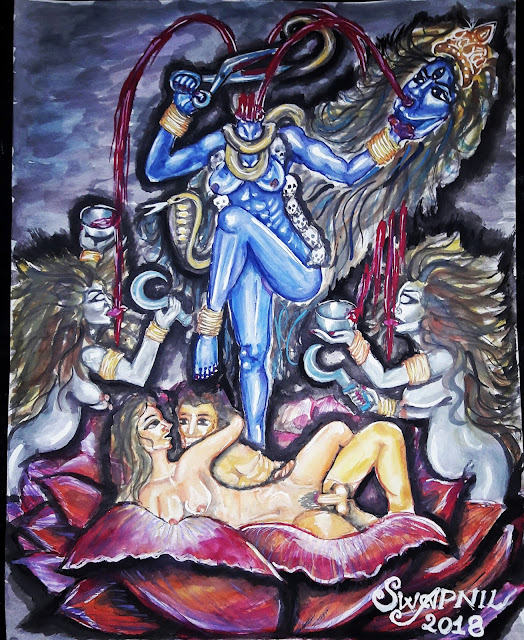Sustainable development goals and Children's Rights | Swapnil Saundarya decade of Action for SDGs 🦋
Investing in children and young people to achieve a more equitable, just and sustainable world for all.
The Sustainable Development Goals (SDGs) were adopted by all United Nations Member States in 2015 to end poverty, reduce inequality and build more peaceful, prosperous societies by 2030. Also known as the Global Goals, the SDGs are a call to action to create a world where no one is left behind.
The SDGs aim to improve the lives of children and young people through a number of clear goals and targets. They address poverty reduction (Goal 1), health (Goal 3), education (Goal 4), gender equality (Goal 5), violence against children (Goal 16.2), as well as a number of other areas that impact children's lives.
The SDGs cannot be achieved without the realization of child rights. As world leaders work to deliver on the 2030 promise, children around the globe are standing up to secure their right to good health, quality education, a clean planet and more. The leaders of tomorrow, children’s ability to protect the future for us all depends on what we do to secure their rights today.
PS | A day well spent with SATHI. Founded in 1992, SATHI was formally registered in 1997 in Raichur, Karnataka. With the growth of the organization and expansion of work, SATHI moved its head office to Bangalore. Over the years, SATHI has worked in more than 40 different locations in 14 states across India and has helped nearly 60,000 children reunite with their families.
🦋Swapnil Saundarya 🦋
Decade of Action
🇮🇳
1️⃣0️⃣Yrs Campaign to generate awareness to take action for SDGs🌈
Donate ur Creativity🎨Not ur funds!
Many simple steps=Big Impact🌐
About us |
Swapnil Saundarya ezine, founded in 2013 is India's first hindi lifestyle online magazine that curates info on art , lifestyle, culture , literature, social issues etc and inspire its readership to raise their voice against all sorts of violence and discrimination. We focus on art Activism, protest art and participatory communication and social action.
















Comments
Post a Comment